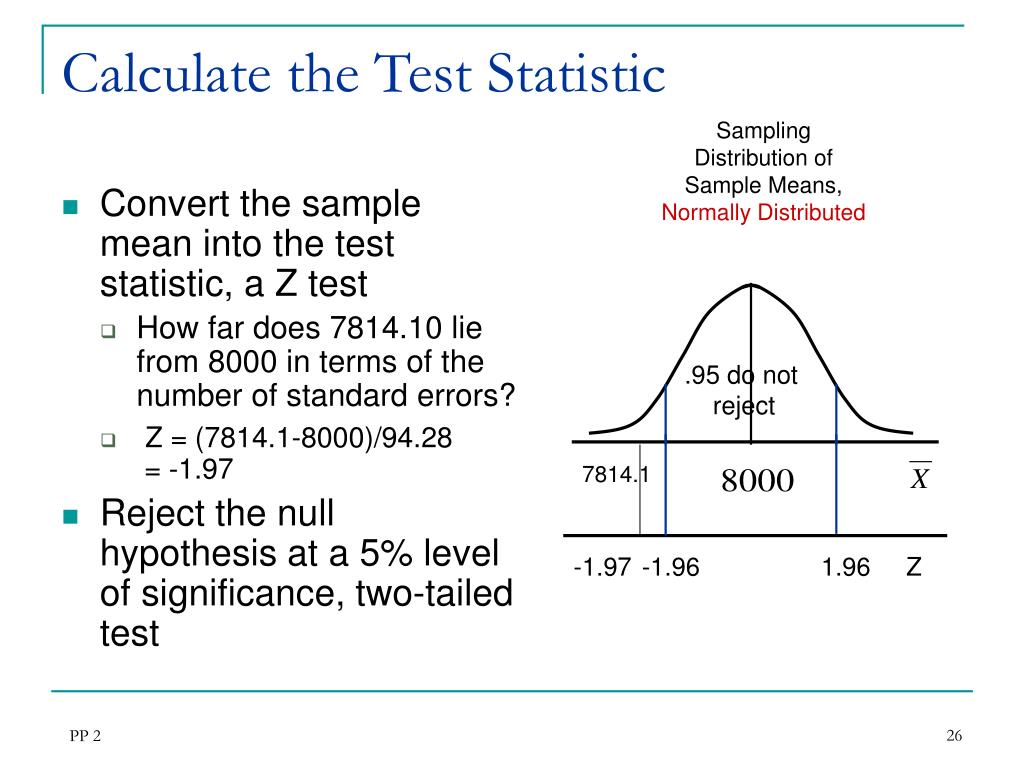


He will be distributing promotion letters in the office tomorrow at 12 o'clock. It is used to express an action which is going or continuing in the future. I, He, she, it, we, you, they - will/shall play the piano tomorrow. This tense is used to express future events and happenings. The period of time after speaking a sentence is considered future tense. Had the student been roaming outside the classroom? I, he, she, we, it, you, they - had been sleeping on the couch when I arrived. Used to denote an event that started before a certain point in the past and continued up to some time in past. I thought I had seen the movie before but I was wrong. I, he, she, it, we, they - had arrived at the station If two actions happened in the past, the past perfect tense is used to display the action that took place earlier. This tense talks about the event which happened in past in past. The past perfect tense is easy to understand and to use in a sentence. They were not playing scrabble when I checked on them. I was cooking last night for my sister’s children. I, she, he, it- was playing in the garden. We use it to express what we were in the middle of doing at a particular moment in the past. The past continuous tense is a very important tense in English. Sometimes it can be used without an adverb of time. Used to indicate an action which happened in the past. It has not been raining since last Friday. I have been waiting for the car for an hour. I, You, We, They: have been playing for a day. We use the present perfect continuous when the focus is on an action that is not yet finished or completed. The present perfect tense is used to describe actions which are completed. He, She, It: is watching the movie right now. You, We, They: are watching the movie right now. It is used to express an action or an event happening at the time of speaking the sentence. Adding the letter s or es makes a simple present tense. The present tense is used to express what is happening or happens daily or is a fact in itself. It is used to express daily tasks, facts and universal truths. When a verb form is a complex, which involves more than one auxiliaries, it is the first auxiliary that is marked for tense, not the main verb. Only indicative forms of verbs are tensed.Īll the tenses have progressive and non-progressive forms for eg, I work here/I am working here, are both Present tense. Tenses just like time are divided into 3 parts-īefore we start with the More complicated divisions there are three rules we should keep in mind. Tense is used to ass a time factor to the sentence. For example, in the sentence, Yash walked for 2 hours and then he went to sleep, the past tense verb form, walk(+ed) signals the time of the walk in the past. It represents the form taken by the verb to comprehend the situation referred to in time.


 0 kommentar(er)
0 kommentar(er)
